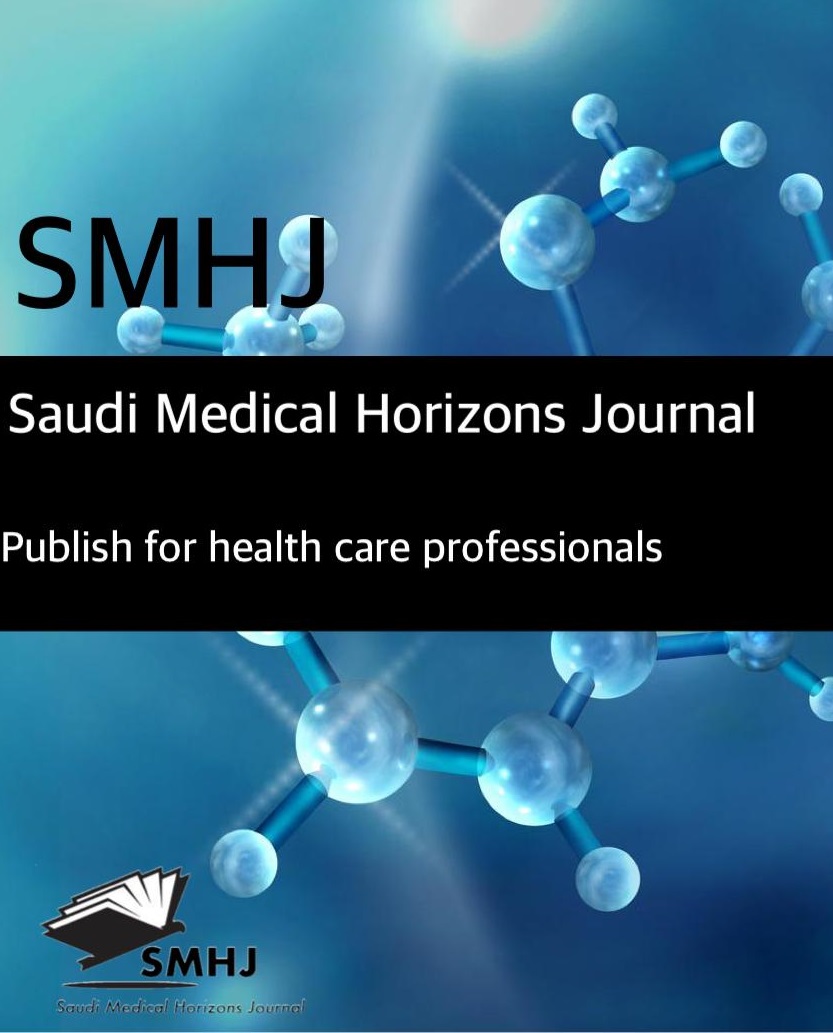Atopic Dermatitis Pathogenesis And Management: A Review Article
DOI:
https://doi.org/10.54293/smhj.v5i3.145Keywords:
Atopic Dermatitis, Pathogenesis, Immune Response, Eczema, Treatment, Topical Therapies, Systemic Medications, Moisturizers, Barrier Dysfunction, Genetics, Environmental Triggers.Abstract
Atopic dermatitis (AD) is a prevalent inflammatory skin condition that affects individuals of all ages, including children. It presents with persistent itching and rash that can significantly impair quality of life. The pathogenesis of AD is multifactorial, involving immune dysregulation, genetic defects in epidermal barrier proteins such as filaggrin, and environmental factors that exacerbate skin barrier dysfunction. Clinically, AD is characterized by recurrent eczematous lesions and increased susceptibility to infections. Traditional management includes topical corticosteroids and calcineurin inhibitors to control inflammation and pruritus. In more severe cases, phototherapy and systemic immunomodulatory agents are utilized. New therapies, such as Janus kinase inhibitors (e.g., abrocitinib, upadacitinib) and biologics (e.g., dupilumab), offer targeted options with improved safety profiles. The aim of this review is to provide a comprehensive summary of the underlying mechanisms of AD, highlight recent advances in understanding its pathophysiology, and discuss current and emerging treatment strategies that reflect the evolving landscape of AD management.
Downloads
Published
How to Cite
Issue
Section
License
Copyright (c) 2025 Saudi Medical Horizons Journal

This work is licensed under a Creative Commons Attribution 4.0 International License.



